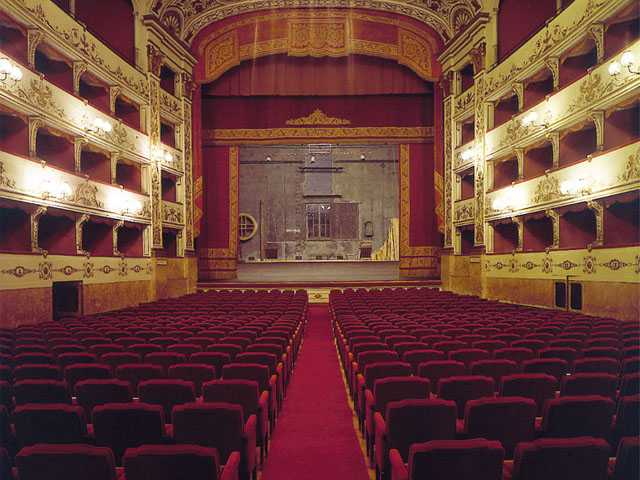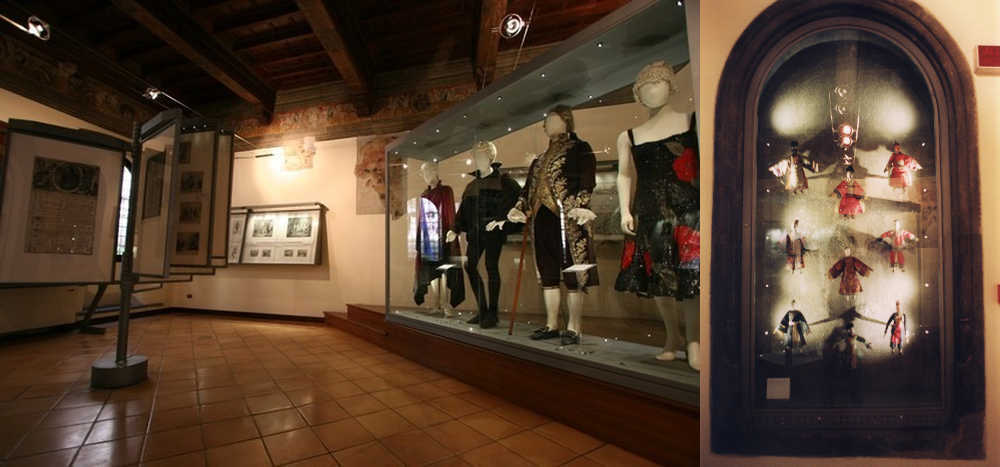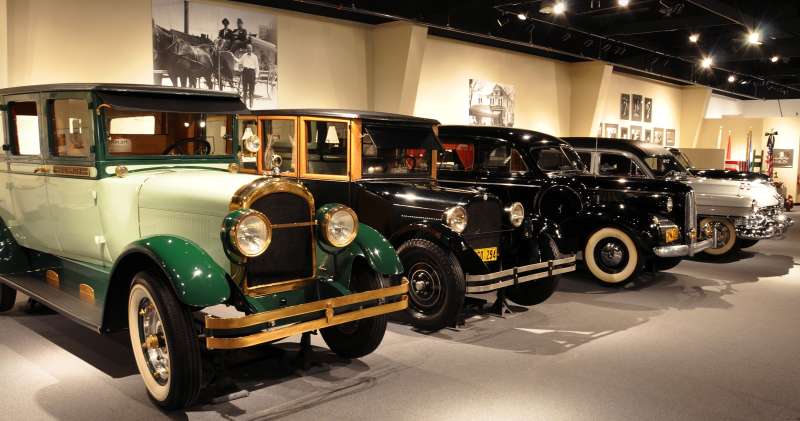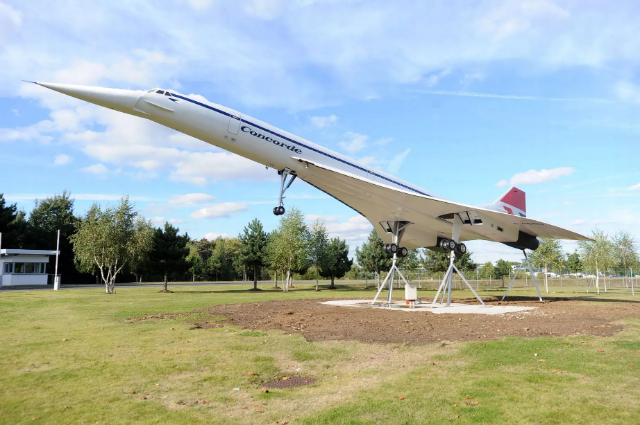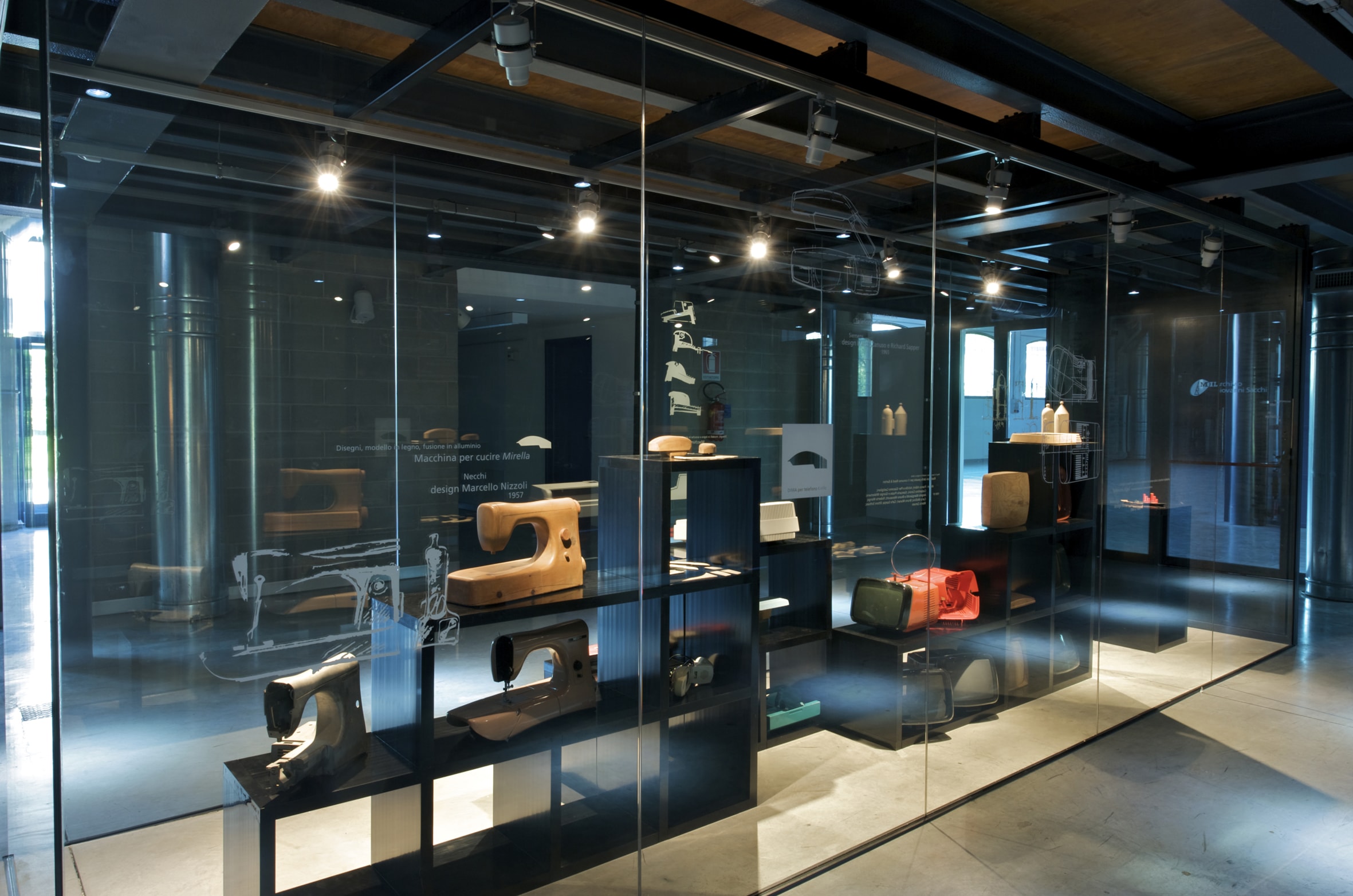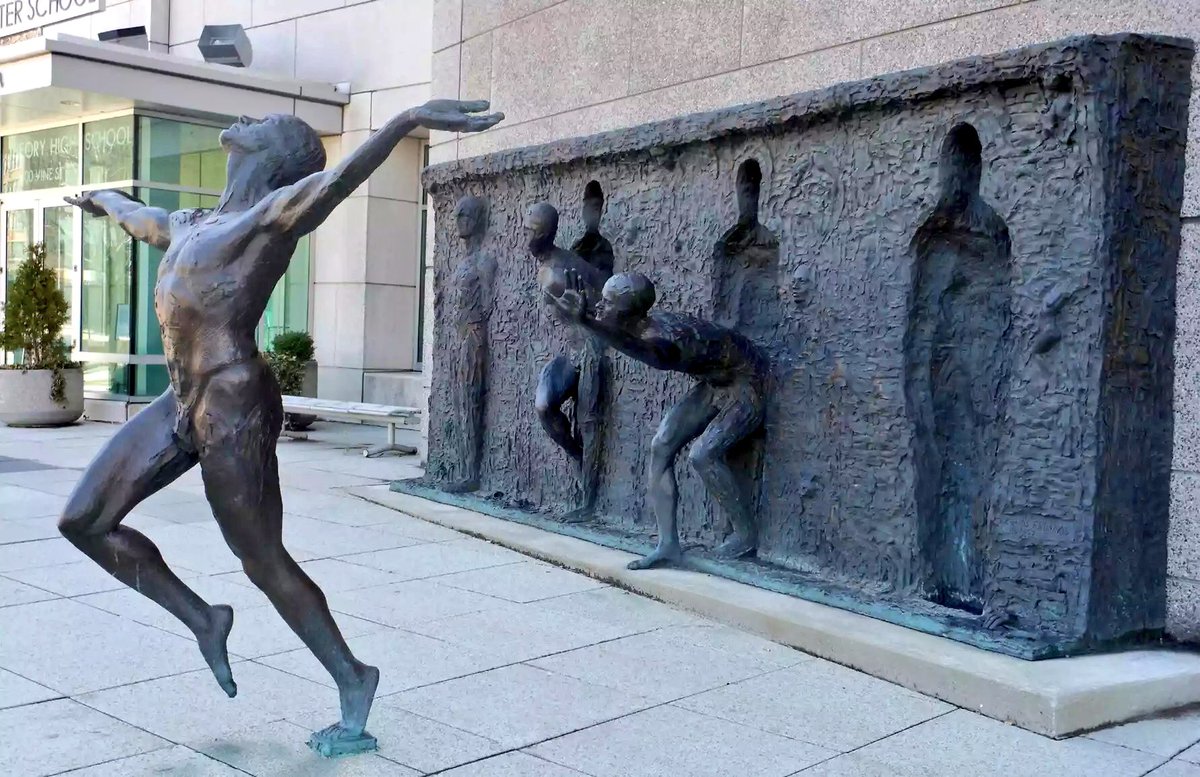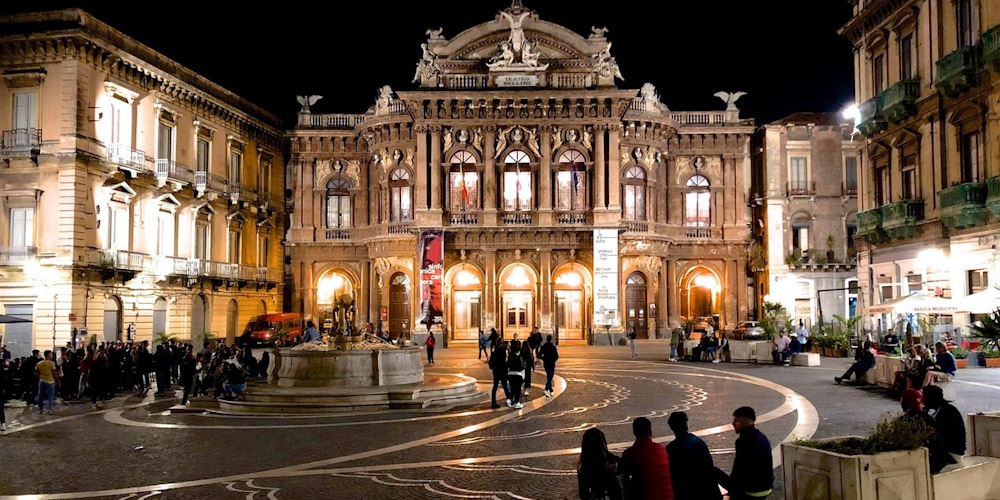It was the Accademici Immobili, a group of nobles dedicated to the cultivation of the arts, who identified the area where there was a tiratoio dell’Arte della Lana as the ideal place to build a building that could replace the Teatro del Cocomero (which stood where the unfortunately closed Niccolini is now), judged too small for academic activities.
On the project of Ferdinando Tacca, son of that Pietro who projected the two fountains of SS.Annunziata, a unique hall was born, probably inspired to the way of watching the shows that took place in the courtyards of the renaissance palaces, whose model is the one of the Ammannati of Palazzo Pitti: looking out of the windows, the nobles could admire games, battles and naumachie acted lower down. This is how the boxes arose, a peculiar characteristic of the Italian theater that was born with the Pergola: small separate spaces that allowed each family to admire the show from a privileged position. The malicious ones attribute this origin, more than to the mentioned modalities of vision, to the proverbial quarrelsomeness of the Florentines: assigning a stage to each family avoided unpleasant frictions between rival groups.
As evidence of this mischievous hypothesis remain in the atrium of the theater some of the wooden coats of arms that identified, on the door of the boxes, the property of each family. Currently there are only two boxes owned: the number 1 of the first order, remained to the last heirs of the Real Estate, and the 25 always of the first order, reserved for the director of the theater. Along with the large stage, and the stalls, another distinctive feature of the Pergola is the inimitable acoustics, which makes it perfect for hosting music and enhances the voice talents of the greatest actors, and is largely due to the horseshoe-shaped plant. To close the stage there was then a large painted curtain depicting Florence and the Arno River that from 1661 opened on the theater finally completed.
Initially reserved for the court, the theater was opened from 1718 to the paying public. It already represented the works of great composers, such as Antonio Vivaldi. The building, remodeled several times, was enriched with decorations and increased in capacity. The first apartments were erected, the vital nucleus of the "City of the Theatre" which brought together all the professions and skills of the art of the stage. In 1801, on the second floor, architect Luca Ristorini designed the Saloncino, a large room with stuccoes dedicated to music and dance (completely restored in 2000, it is still the second room of the theater). A few years earlier, in 1789, Ristorini had completed the renovation of the great hall, with the construction of the royal box and the increase in the number of boxes.
These enlargements were the prelude to one of the most fruitful periods in the history of the Pergola, the one marked between 1823 and 1855 by the management of the impresario Alessandro Lanari. Under his impetus, Florence became one of the most important stages for classical Italian melodrama. The most important composers, starting with Bellini, stayed in Via della Pergola and Giuseppe Verdi premiered his Macbeth there in 1847, leaving as an imperishable testimony the stool on which he rested during rehearsals, still preserved today in the museum of the theater.
In 1826 Gasparo Martellini painted the historical curtain depicting the coronation of Petrarch in Campidoglio, still used on gala occasions; the stagehand Cesare Canovetti built the fascinating machine for raising the stalls, used in dance parties to create a single floor with the stage; the architect Baccani presides over important modernization works, which give the building the Atrio delle Colonne with its characteristic marble dust decorations; and a young stage apprentice, Antonio Meucci, experiments with a system of voice communication between the trellis and the stage surface: it is the ancestor of the telephone, which Meucci would later perfect, ingeniously but unsuccessfully, once he emigrated to the United States. The theater is illuminated by gas lamps, and Florence enjoys the rank of capital of Italy. The Real Estate sells to King Vittorio Emanuele II a share of the Accademia, of which the sovereign becomes a full member. Financial problems begin for the Accademia, partially resolved thanks to the intervention of the City of Florence.
When, in 1898, the electric light arrives, it casts its rays on a theater in crisis. Melodrama, which had migrated to the larger Politeama and Pagliano, was replaced by prose; the management of the Real Estate was replaced by that of a private company that from 1913 to 1929 took care of the programming of the Hall. In this period the gallery replaced the gallery and the red velvet curtain was put in place. In December 1906 Eleonora Duse arrives at the Pergola with the legendary Rosmersholm of Ibsen directed by Edward Gordon Craig: for the actress the legendary First Camerino is built next to the stage, still in use today. In 1925 the State declares the Pergola a national monument. The war looms, and the Real Estate, which have resumed the management of the theater entrusting the direction to Aladino Tofanelli, decide in 1942 to transfer the property to the State, which annexes it to the newborn Ente Teatrale Italiano.
The stage continues to host the prose, not disdaining the magazine and the light show. Tofanelli died suddenly, comes to Florence from Reggio Emilia a young official, Alfonso Spadoni. Brilliant, and equipped with innovative ideas, Spadoni revitalizes the Pergola making it the time of the great prose. He became deeply rooted in the fabric of the city, soon becoming a protagonist of the cultural life of the time. With ETI 21, he brought crowds of young people to the theater; with Gassman’s Bottega and Eduardo’s school, he affirmed the value of high-level training in the theater. Spadoni remained at the helm for over thirty years, until a serious illness took him away in 1993. His worthy heir at the helm of the Pergola is another brilliant young man, Marco Giorgetti. A former actor with Gabriele Lavia, Glauco Mauri and Salvo Randone, since 1999 Giorgetti has been reconnecting the ties between the theater and the city, promoting a more modern and extra-spectacular use of the structure, until 2004 when he was called to the General Management of the institution. He returned to Florence in 2007 as Manager Director of the Pergola, with Riccardo Ventrella as Director of the Theatre. Since September 2011 Giorgetti has been the General Manager of the Fondazione Teatro della Pergola, created to manage the future of the historic theater after the decree of suppression of the Ente Teatrale Italiano.
Today the Pergola is much more than a theater. It is a living cultural center, which uses its history and the prestige of its spaces as its main potential. It has a multifaceted activity, which finds its climax in the great prose season, but hosts hundreds of different and all important events.
